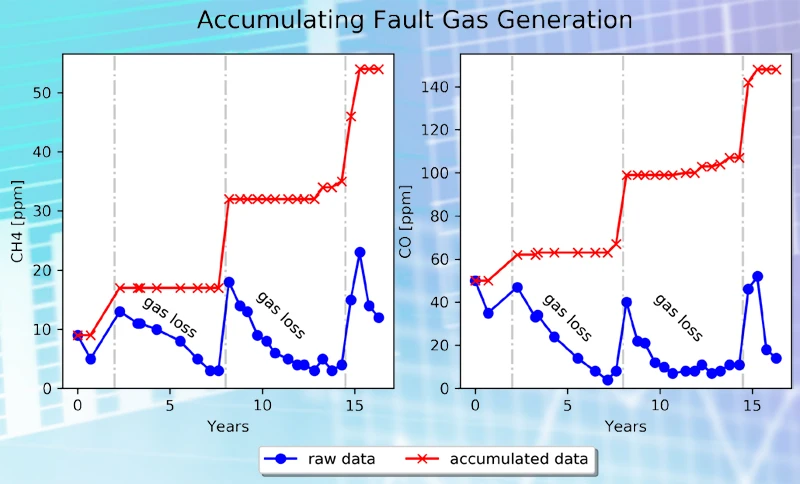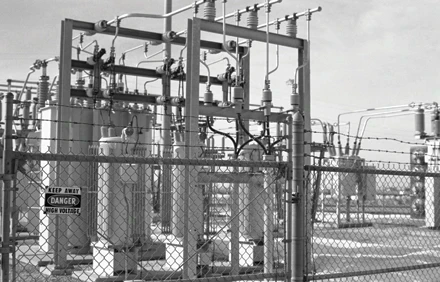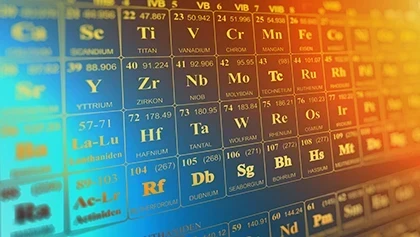Advancements in Dissolved Gas Analysis: Accounting for Gas Loss

Dissolved gas analysis (DGA) in transformers is a very successful periodic screening method to identify transformers that may be having problems. It is a symptom-based assessment of health, rather than a condition-based assessment. That is because the gases themselves do not cause failure, but are just by-products of deteriorating insulation caused by abnormalities such as
hot spots or electrical discharges. The abnormalities are what might fail the transformer. If the transformer loses fault gases, the measured gas production is less than the total gas
production, and therefore the problem may remain undetected, or the severity of the problem will be underestimated, and fault diagnosis may be inaccurate. Conventional DGA assessments
usually rely on a limits based approach where higher concentrations of dissolved fault gases are assumed to represent a worse condition.
There are numerous reasons why fault gases in a transformer might be lost to the atmosphere, either on purpose or by accident. For example, some transformers are free-breathing by design. Others that are not supposed to be free-breathing may exchange gases with the atmosphere via a ruptured conservator bladder, a leaky bushing gasket, or loose fittings.
Read full article in the SPECIAL HV Electrical Testing ISSUE.









